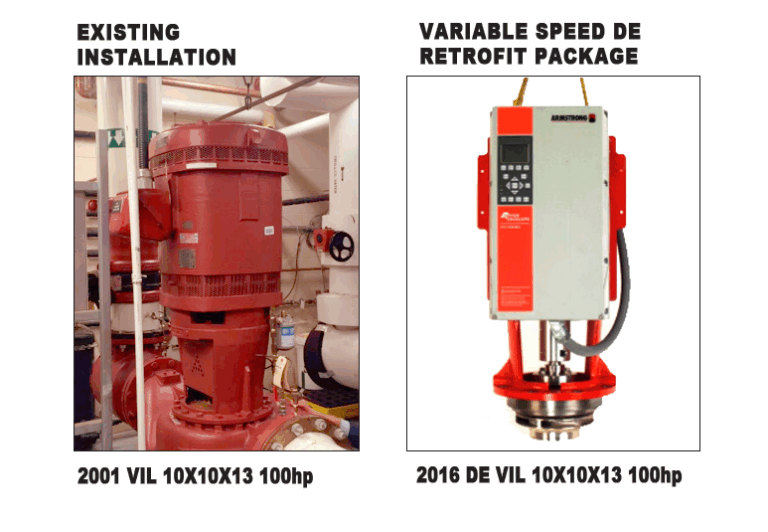SOP programs can be developed virtually overnight, but their implementation is continuous. For example, filters have to be changed routinely, HVAC system coils must be kept clean, motor and fan bearings must be lubricated, and lighting fixtures must be cleaned. All of these tasks are essential steps that are included in SOP programs. These programs will form an ongoing process to ensure that equipment operates at peak performance.
In May, we discussed SOPs for heating and cooling. This month, as winter is not far off, we’ll turn our attention to heating equipment.
Heating Equipment Guidelines
The following operating procedures for heating equipment include guidelines for both boilers and electric heating:
Boilers: General
- Inspect boilers for scale deposits.
Accumulation of sediment or boiler compounds on waterside surfaces must be removed. The rear portion of the boiler must be checked because this area is most susceptible to the formation of scale. Scale reduces the efficiency of the boiler and can lead to overheating of the furnace, cracking of tube ends, tube fracture, possible explosion, and additional expenses for repair, downtime, and ensuring overtime. - Inspect the fireside of the furnace and tubes for deposits of soot, fly ash, and slag.
The fireside refractory surface needs to be observed as well. Soot on tubes decreases heat transfer and lowers efficiency. - Adjust the air-to-fuel ratio as required to obtain clean-burning fire.
Evidence of heavy sooting in short periods of time could be a signal that there is too much fuel and not enough air. If the gas outlet temperature rises above normal, it can mean that tubes need to be cleaned. If your boiler is not equipped with a thermometer in the vent outlet, consider installing one. Having such a thermometer can save inspection time and often can prove to be more accurate than visual inspection alone. - Inspect door gaskets.
Replace gaskets if they do not provide a tight seal. - Keep a daily log of pressure, temperature, and other data obtained from instrumentation.
This is the best method available to determine the need for tube and nozzle cleaning, pressure or linkage adjustments, and related measures. You can pinpoint variations from normal very quickly, thus enabling you to take immediate action to avoid serious trouble. On an oil-fired unit, indications of problems include an oil pressure drop, which may mean there is a plugged strainer, a faulty regulating valve, or an air leak in the suction line. An oil temperature drop can indicate temperature control malfunction or a fouled heating element. On a gas-fired unit, a drop in gas pressure can indicate a drop in the gas supply pressure or a malfunctioning regulator. - Note the firing rate when log entries are made.
Be aware that even a sharp rise in stack temperature does not necessarily mean poor combustion or fouled waterside or fireside. During load change, stack temperatures can vary as much as l00°F in five minutes. - Inspect stacks.
Stacks should be free of haze. If not, a burner adjustment may be necessary. - Inspect linkages periodically for tightness.
Adjust when you observe slippage or jerky movements. - Observe the fire when the unit shuts down.
If the fire does not cut off immediately, there could be a faulty solenoid valve. Repair or replace as necessary. - Inspect the nozzles or cup of oil-fired units on a regular basis.
Clean as necessary. - Check burner firing period.
An improper period could be a sign of faulty controls. - Check the boiler stack temperature.
If it is too high (more than 150°F above steam or water temperature), clean the tubes and adjust the fuel burner. - Inspect all boiler insulation, refractory, brickwork, and boiler casing for hot spots and air leaks.
Repair and seal as necessary. - Replace all obsolete or little-used pressure vessels.
- Clean mineral or corrosion buildup on gas burners.
Boilers: Fuel Oil
- Check and repair oil leaks at pumps, glands, valves, and relief valves.
- Inspect oil line strainers. Replace strainers if they are dirty.
- Inspect oil heaters to ensure that oil temperatures are being maintained according to manufacturer’s or oil supplier’s recommendations.
Boilers: Coal-Fired
- Inspect coal-fire stokers, grates, and controls for efficient operation. If the ashes contain an excessive amount of unburned coal, this is most likely a sign of inefficient operation.
Boilers: Electric
- Inspect electrical contacts and working parts of relays, and maintain them in good working order.
- Check heater elements for cleanliness. Replace elements as necessary.
- Check controls for proper operation. Adjust controls as necessary.
Electric Heating
- Keep heat transfer surfaces of all electric heating units clean and unobstructed.
- Keep air movement in and out of the units unobstructed.
- Inspect heating elements, controls, and, as applicable, fans on a periodic basis to ensure proper functioning.
- As appropriate, check reflectors on infrared heaters for proper beam direction and cleanliness.
- Determine if electric heating equipment is operating at rated voltage as necessary.
- Check controls for proper operation.




